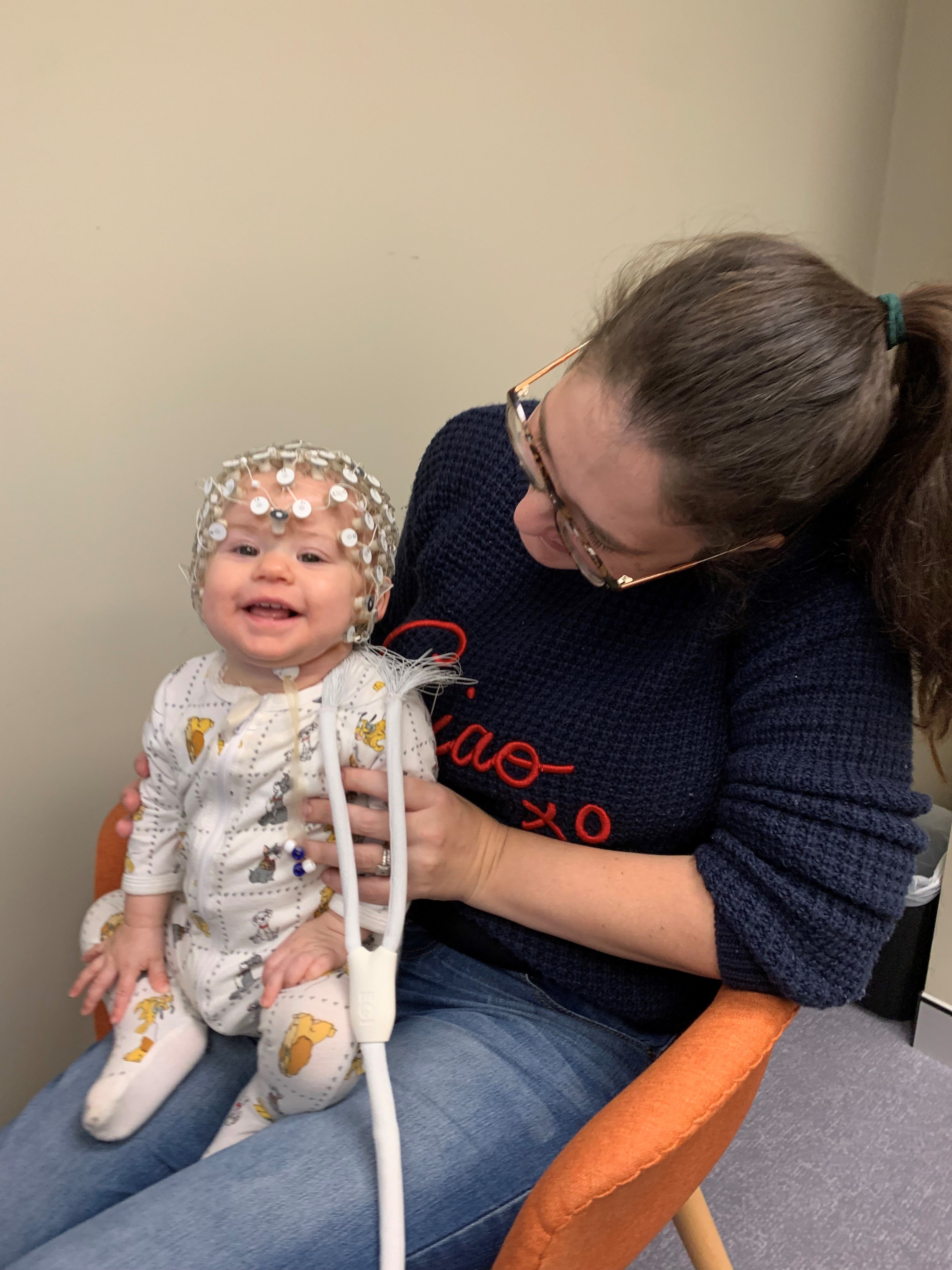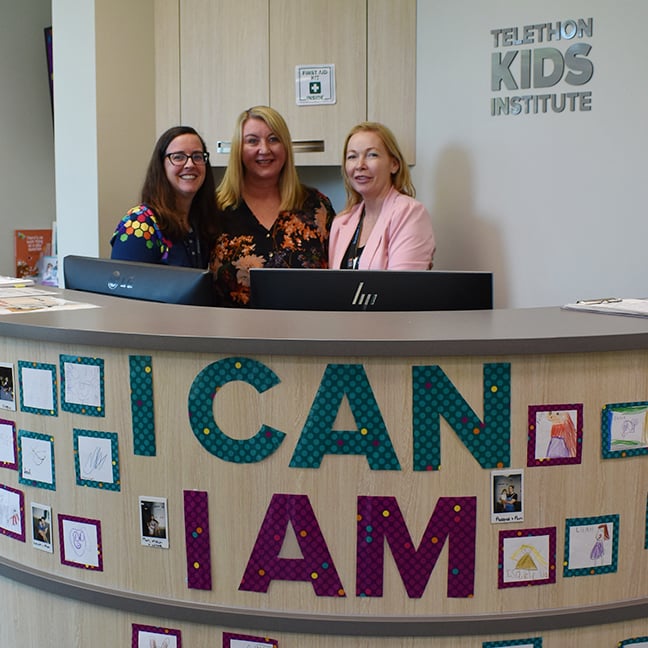Search
Research
Subgroups of Temperament Associated with Social-Emotional Difficulties in Infants with Early Signs of AutismLinks between temperament and social-emotional difficulties are well-established in normative child development but remain poorly characterized in autism. We sought to characterize distinct temperament subgroups and their associations with concurrent internalizing and externalizing symptoms in a sample of 103 infants showing early signs of autism.
Research
Comorbidities and quality of life in children with intellectual disabilityMany children with intellectual disability live with medical comorbidities. This study examined the impacts of comorbidities on quality of life (QOL) of children with intellectual disabilities and whether impacts varied with caregiver perceptions that medical needs had been met.
Research
The effects of JASPER intervention for children with autism spectrum disorder: A systematic reviewNaturalistic developmental behavioural interventions are promising approaches for young children with, or suspected of having, autism spectrum disorder. Joint attention, symbolic play, engagement and regulation intervention (JASPER) is a well-researched naturalistic developmental behavioural intervention but, to date, no reviews have specifically evaluated its effects.

News & Events
CliniKids and Griffith University partner for autism researchThe Kids Research Institute Australia’s CliniKids and Griffith University are excited to announce a new partnership which will help to grow autism research in Australia.

News & Events
NDIS audit completeOur NDIS audit was completed late February, resulting in continued registration for CliniKids as a NDIS service provider.

News & Events
AICES Study explainedProfessor Andrew Whitehouse and his research collaborators in the UK and Melbourne have teamed up to write a great article on the recent findings of the AICES (Australian Infant Communication and Engagement Study) for The Conversation.


News & Events
Strengths wallFor Autism Month, CliniKids invited families to contribute to an "I can, I am!" strengths wall in its reception area – an idea that was wholeheartedly embraced by our little visitors and their families.
Research
Toward better characterization of restricted and unusual interests in youth with autismDespite being highly prevalent among people with autism, restricted and unusual interests remain under-researched and poorly understood. This article confirms that restricted interests are very frequent and varied among children and adolescents with autism. It also further extends current knowledge in this area by characterizing the relationship between the presence, number, and type of restricted interests with chronological age, sex, cognitive functioning, and social and communication symptoms.
Research
Assessing functioning for individuals with neurodevelopmental conditions: Current clinical practice in AustraliaIn the disability sector globally, and specifically in Australia, assessments of functioning have become key to diagnostic processes, and accessing therapy and funding. Over half of all individuals accessing support through Australia's National Disability Insurance Scheme have a neurodevelopmental condition diagnosis.
